(Upload on August 11 2025) [ 日本語 | English ]
Mount Usu / Sarobetsu post-mined peatland
From left: Crater basin in 1986 and 2006. Cottongrass / Daylily
HOME > Lecture catalog / Research summary > Glossary > Eco (エコ)
Eco (エコ)eko, phonological translation): JapanglishThe word is derived from the abbreviation of "ecology" or 'economy' in Japan. However, the meaning of eco is totally different from the meaning of ecology. Eco means 'saving energy through ecological and/or economical ways. The meaning of eco in JapaneseEnvironmental problems solved or solving by using ecological and/or economical techniquesWaste problemRecycleTable. Population growth and food amount. Food Potato Cereal Milk Pork Egg Efficiency of solar energy (%) 0.10 0.05 0.04 0.015 0.002 Area for supporting a person (m2) 600 1,200 1,500 4,000 30,000 Global population supported by the food (× billion) 760 380 300 110 15 Ratio to global population 21 11 8 3 0.4
a: area for food production = 45,600,000 km2 UN Sustainable development goals (SGDs, 持続可能な開発目標)Transforming our world: the 2030 agenda for sustainable development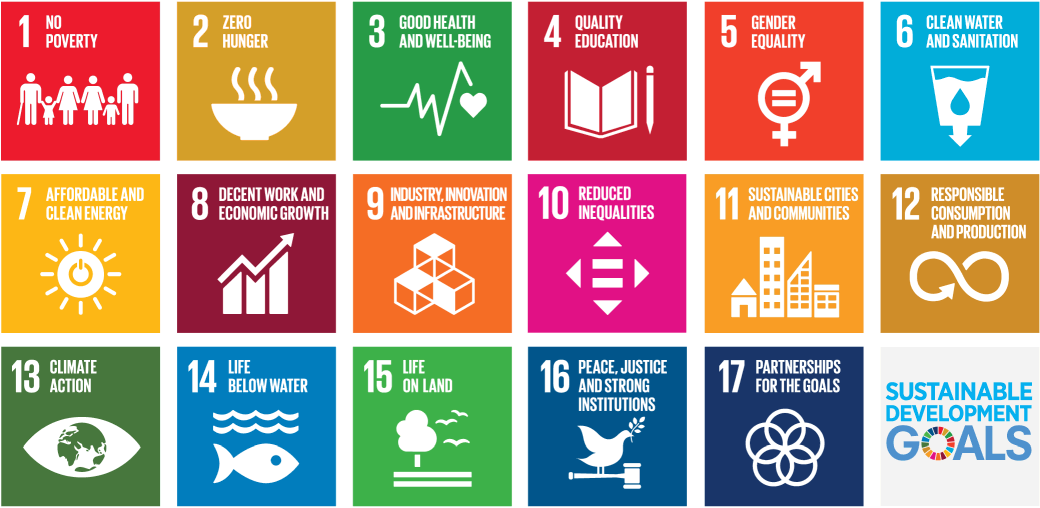
|
environment - economics - society |
Pollution (公害)Kogai (公害) can not be translated directly into English.Air pollution (大気汚染)≈ atmospheric pollution (s.l.)
Primary pollutants (1次汚染質)a) volcanic ashb) sulfur oxides c) suspended dust (suspended particulate matter, SPM) d) vehicle exhaust
carbon monoxide (CO, 一酸化炭素) Secondary pollutants (2次汚染質)forming in the atmosphere when primary pollutants react or interact with each other or with natural atmospheric components - not directly emitted from a source
Ex. NOx + VOCs + sunlight → Ozone (O3) [smog] Water pollution (水質汚染)Water quality indicators (水質指標)Def. a measurable property of water that helps assess its condition, safety and suitability for various uses, e.g., drinking, recreation, agriculture and supporting aquatic life |
Turbidity, pH, water temperature, nitrates and bioindicators → 1928 confirming oxygen depletion in lake water 1953 vanished mayfly larvae 1964 anotic lake bottom 1965 banned status report presentation by Vice Minister of MHLW
the circumstances surrounding the ban reported on newspaper 1972 Great Lakes water quality agreement (GLWQA)
amended several times, most notably in 1978, 1987 and 2012 1958 Schwab, Günther: Der Tanz mit dem Teufel (Dance with the Devil) 1968 Hungary: near-total ban on DDT use Soil pollution (土壌汚染)
|
|
The benefits of human obtaining from ecosystems → MA (Millennium Ecosystem Assessment) Four categories
prescription Ecosystem service valuation database, ESVD(生態系サービス評価データベース)The database quantifies the four categories of ecosystem servicesBackground: TEEB* valuation database * the economics of ecosystems and biodiversity |
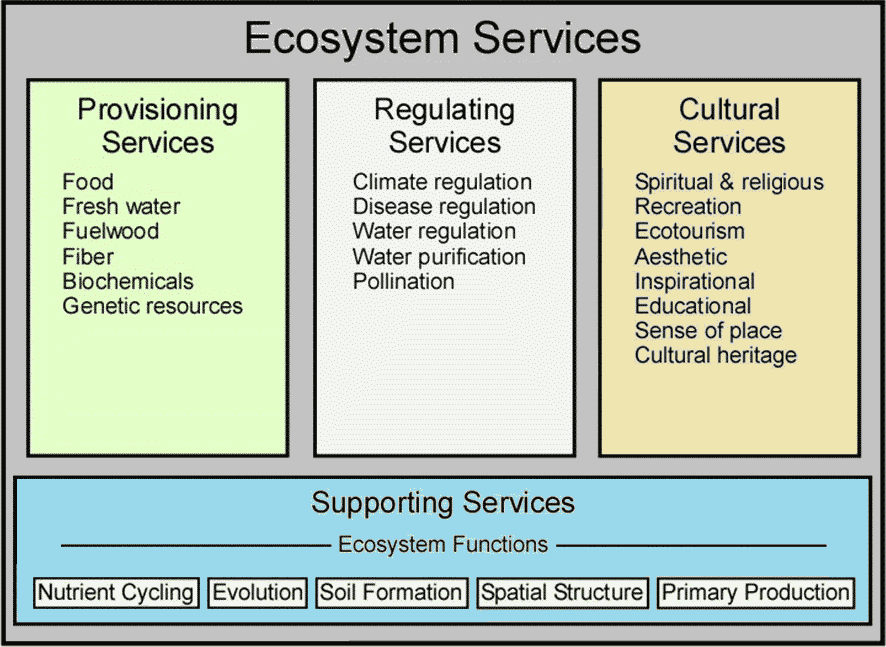
|
UK (origin of NT)1865 the Commons Preservation Society (共用地保存協会)
founder and first chairman: Lefevre, George Shaw (1831-1928)
proposed by Sir John Lubbock 1895 National Trust for Places of Historic Interest or Natural Beauty
(歴史的名勝及び自然的景勝地のためのナショナル・トラスト) Rather a thousand people give one pound than one person give a thousand pounds 1907 the National Trust Act 1907
statutory trust the Wildlife Trusts (successor organization) 1931 Finance Act 1931
historic country houses donated easier to the National Trust, because of exemptions from inheritance taxes and residential continuity |
1937 National Trust Act 1937
public access, preservation and income-generating assets 1945 Dower Report (by John Dower)
proposed a national park system and national park committee
1967 Civic Amenities Act: established conservation areas
to acquire and safeguard unspoiled stretches of coastline
total coastlilne ≈ 3000 miles |
|
EIA (Energy Information Administration, USA, 合州国エネルギー情報局)
IEO2019 (International Energy Outlook 2019): 49% of energry will be obtained from renewable energy by 2050 |
Wind-power generation (風力発電)Recently often called "wind power"the use of air flow through wind turbines to provide the mechanical power to turn electric generators
alternative to burning fossil fuels → produces no greenhouse gas during operation 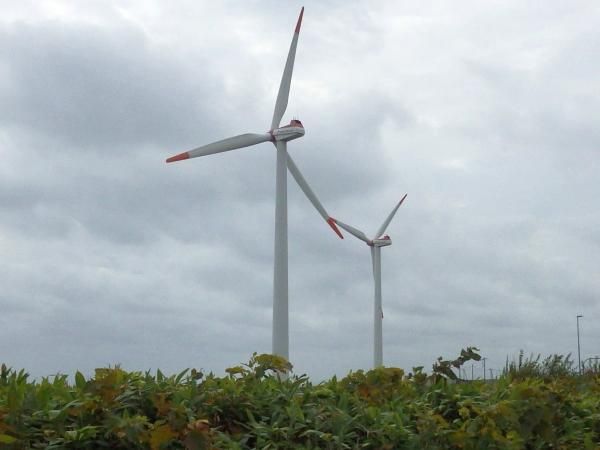
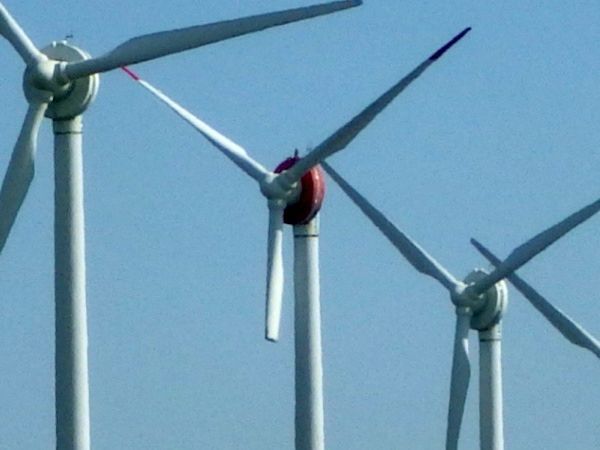
Offshore wind power (海洋風力発電)US: just beginning (in 2019)Europe: studies at offshore wind facilities indicate some bird and marine mammal species are displaced from project areas, but substantial uncertainty exists regarding the individual or population-level impacts of this displacement. Bird and bat collisions with offshore turbines are thought to be less common than at terrestrial facilities, but currently the tools to measure fatalities at offshore wind energy facilities are not available (Allison et al. 2019) Environmental problems derived by wind power |
Sensitivity map (センシティビティマップ)
Noise |
|
1937 Osaka Imperial University & RIKΞN (Nishina Y, 仁科芳雄)
developed cyclotron (NHK 2013) 1939.8.2 Einstein (US): Einstein–Szilárd letter
sent to the President Franklin D. Roosevelt 1943 Los Alamos National Laboratory (LANL) established starting the development of atomic bomb 1945 atomic bombing (原爆投下) to Japan (USA)Hiroshima - uranium type Nagasaki - plutonium type 1946.01.24 United Nations Atomic Energy Commission established= UNAEC (国際連合原子力委員会) 1946.06.14 First UNAEC Congress
06.14 USA: Baruch Plan (バルーク案)
Great Charter of Disarmament (軍縮大憲章) =
twenty-three nuclear weapons tested by USA (⇒ ビキニ水爆実験)
07.20 Tewa test at Bikini
05.20 Cherokee test (Mark 15) at Bikini 1947 USA: passage-prohibited zone for testing nuclear bombs 1949 USSR: nuclear bomb test (NBT) 1949.04 First World Congress of Partisans of Peace Later changed to World Peace Council 1949-1950 World Peace Council (WPC) established1950.03 Stockholm appeal for peace 1950.06.25-1953.07.27 Korean War1951.02 Berllin Appeal by World Congress of Partisans of Peace (WCPP) 1951 USA: fast breeder reactors (Experimental Breeder Reactor), EBR-1 succeeded in electrical power generation 1952.01.11 First United Nations Disarmament Commission1952.10.03 United Kingdom: NBT on Montebello Islands, Australia 1952.11.01 USA: Ivy test (wet H-bomb) on Eniwetok Atoll 1953.06.15 Budapest Appeal by WCPP 1953.08.12 USSR: dry H-bomb test - succeeded
unrest in USA, e.g., Five Principles of Peaceful Coexistence, Panchsheel or Pancha Sila (平和五原則)
1954.03.1-05.13 USAEC: Operation Castle, Bravo test
Teller, Edward (1908-2003), the father of the H-bomb contaminated by the snow-like irradiated debris and ash
03.14 returned to Yaizu Harbor (焼津港)
USS Nautilus, SSN-571 1955.01.19 Vienna (Wien) Appeal by WCPP resistance to nuclear warfare 1955.04.18 Bandung, Asian-African or AA Conference held in Indonesiaarms reduction and nuclear disarmament 1955.05.10 Malik Disarmament Plan proposed in UNDCUNDC = United Nations Disarmament Commission (国連軍縮委員会) 1955.07.09 Russell-Einstein Manifesto (after the death of Einstein)peace declaration by the scientists 1955.11.29 USA: EBR-1 accident (partial meltdown) in Idaho1955.02.25-05.03 Operation Troll: follow-up survey after Shunkotsu-maru
1955.02.25-05.03 Roger B Taney (US Coast Guard cutter) confirming the diffusion of radioactivity 1955.06.22-06.29 World Peace Congress In Helsinki1957.04.12 West Germany: Göttingen Declaration 1957.07.07 (1st) Pugwash Conferences held in Pugwash, Canada promoted by R-E Manifesto 1957 (Russia) launched satellite, Sputnik1957.07.29 established IAEA in UN
International organization, with independently of the United Nations used for the blast-off of Sputnik I 1957.10.10 Windscale nuclear plant fire (Eng): radiation contamination1957.12.17 USA: ICBM (Atlas 12A) test-launched |
1958 Poland: concept of nuclear-weapon-free zone (NWFZ) 1959.09.18 Khrushchev: Disarmament Concept (軍備全廃構想) proposed in UN Conference 1959.09.25-27 Eisenhower (USA) vs Khrushchev (USSR)
Camp David Conference 1959.12.01 The Antarctic Treaty (南極条約) nuclear-free zone, NFZ (非核地帯) 1960.02.14 France: NBT in Sahara Desert1960.09.24 USA: nuclear-powered carrier, Enterprise (CVN-65) 1961 SL-1 (Stationary low-power reactor number one) accident 1962 Cuban Crisis (キューバ危機) 1963.08.05 signing PTBT by USA, UK and USSR = Partial Test Ban Treaty (部分的核実験禁止条約) 1963.08.30 Moscow-Washington hotline, established after Cuba Crisis= Washington-Moscow Direct Communications Link 1964 China: NBT1968 Treaty on the non-proliferation of nuclear weapons = NPT (核兵器不拡散条約) 1969.07.26 USA: The Nixon Doctrine (initially called Guam Doctrine)1969 USA-USSR: started SALT (戦略兵器制限交渉) = Strategic Arms Limitation Talks 1971.02.11 signed the treat (海底軍事利用禁止条約)= Treaty on the Prohibition of the Emplacement of Nuclear Weapons and other Weapons of Mass Destruction on the Seabed and the Ocean Floor and in the Subsoil thereof 1973.06.22 USA-USSR: Washington Summitsigned Prevention of Nuclear War Agreement (核戦争防止協定) 1973 First Oil Shock (1979 Second Oil Shock)1974 Critical Mass '74: The First National Anti-Nuclear Conference 1974.05.18 India: NBT 1974.07.03 USA-USSR: signed TTBT (地下核兵器実験制限条約) = Treaty between the United States of America and the Union of Soviet Socialist Republics on the Limitation of Underground Nuclear Weapon Tests 1975.01.15 AEC split into ERDA and NRC
ERDA = Energy Research and Development Administration = Treaty on Underground Nuclear Explosions for Peaceful Purposes 1976.08.16-08.19: 5th Colombo Conference, Sri Lanka
= 5th Summit of the Non-Aligned Movement, NAM 1978.05-06 SSOD I (第1回国連軍縮特別総会) = Special Session of United Nations General Assembly on Disarmament
critique of nuclear deterrence theory (核抑止論) → elimination action 1979.03.28 Three Mile Island accident 1979 Non-Nuclear Constitution Clause (Republic of Palau) 1981.11 USA-USSR: start the negotiations of INF Treaty
INF = intermediate-range nuclear force (中距離核戦力) the elimination of all nuclear weapons by 2000 1986.04.26 Chernobyl disaster1987 the Nuclear Free Zones, Disarmament, and Arms Control Act (NZ) 1987.06.08-06.10 13th G7 (Venice Summit) reconfirmation of nuclear deterrence theory 1987.11,08 Gorbachev (USSR)-Reagan (USA): signed INF Treaty1988.05.31-06.25 SSD III 1989.11 Fall of the Berlin Wall 1989.12 Malta Summit between the US and the Soviet Union
The end of the Cold War - from Yalta to Malta 1990 Strategic Arms Reduction Treaty, START I: agreement in principle 1991.07 signing by USA and USSR 1996.09.10 adopted Comprehensive Nuclear Test Ban Treaty= CTBT (包括的核実験禁止条約) - still-pending 1997 (USA, Russia): pre-critical experiment (臨界前実験)2000 USA: NNSA (国家核安全保障局) established for SCEs = National Nuclear Security Administration Subcritical nuclear test, SCEs (臨界前核実験)
1997.07.02 USA: first test in Nevada
GermanyFollowing the nuclear disaster at the Fukushima plant, Merkel abruptly announced the end to German atomic era. In July 2011, the Bundestag voted to shut down all nuclear reactors by December 31 2022Finally shut down all of nuclear power plants as of April 15 2023 Basel and its surrounding areas
|
War on waste (ごみ戦争)Compost (コンポスト): organic matter that has been decomposed and recycled as a fertilizer and soil amendment.materials: organic solid waste (green waste), animal manure and bedding, human waste and sewage sludge 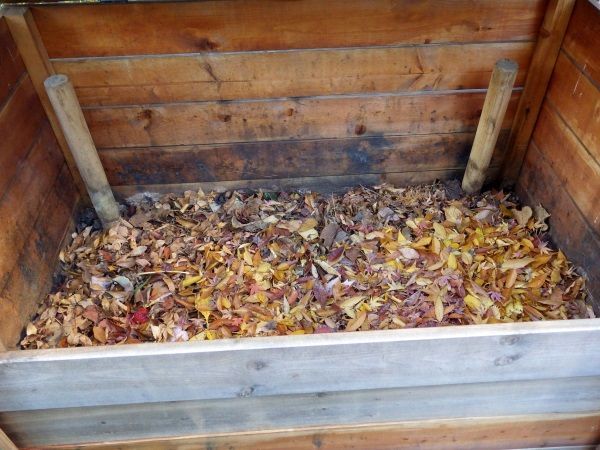 → → 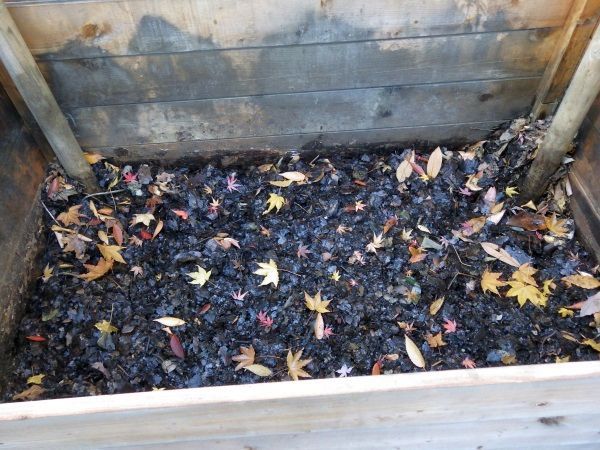 We make compost from fallen leaves in the gardens to use as leaf mold. Kojimachi Junior High School students and Tokyo Garden Terrace Kioicho collaborated on the wooden compost bin. TOKYO GARDEN TERRACE KIOICHO (November 24 2017) WaterPortland Streetcar | Green Street Stormwater FacilitiesPlants at Work
PLEASE |
Stormwater runoff from NE Martin Luther King Jr Blvd enters the facility.
→ Plant roots and soil bacteria help break down stormwater pollutants. Roots, insects and worms widen spaces between soil particles to increase stormwater storage capacity. → During heavy rain, you may see some stormwater overflow back into the street. That water drains directly to the Willamette River.
Each year, this green street facility keeps
Environmental Services Food loss (フードロス)2011 FAO: 1/3 food was lost or wasted every year worldwideSDGs 12: responsible consumption and production Def. food loss: the decrease in the quantity or quality of food resulting from decisions and actions by food suppliers in the chain, excluding retailers, food service providers and consumersFood loss index, FLI (食品ロス指標) Def. food waste: the decrease in the quantity or quality of food resulting from decisions and actions by retailers, food service providers and consumersFood waste index, FWI (廃棄食品指標) |